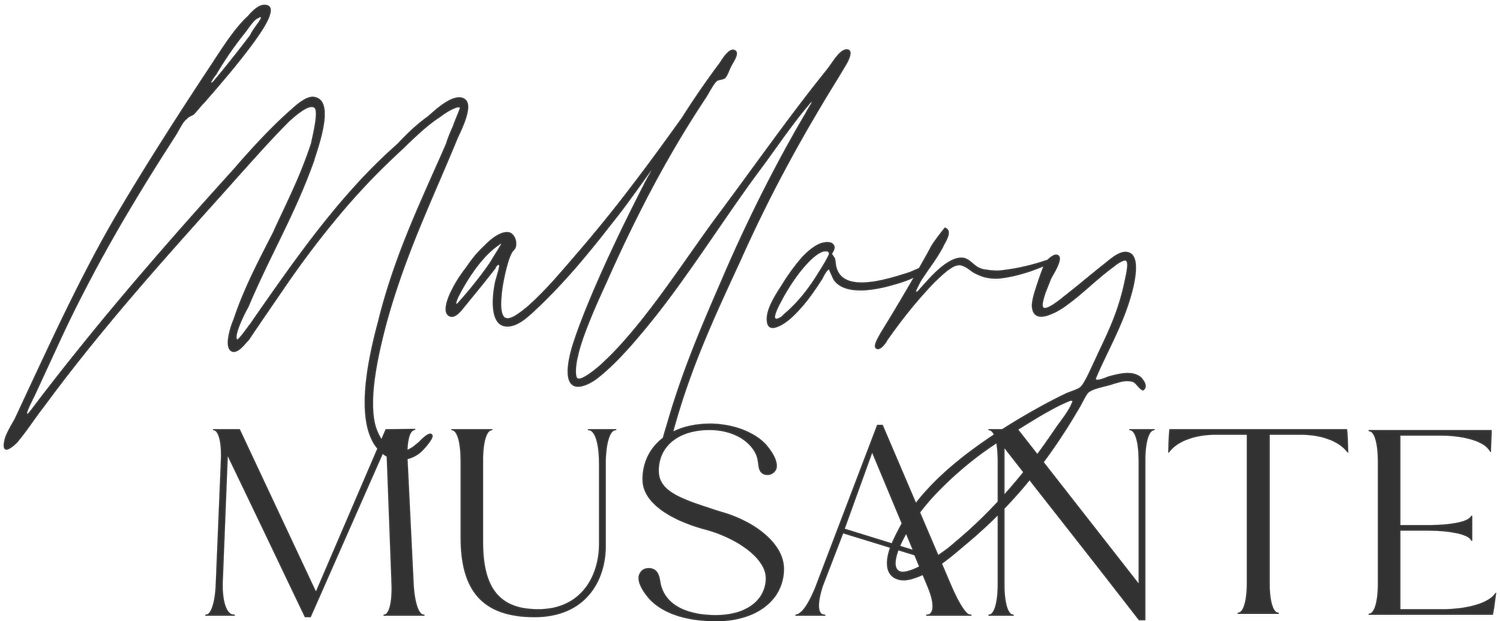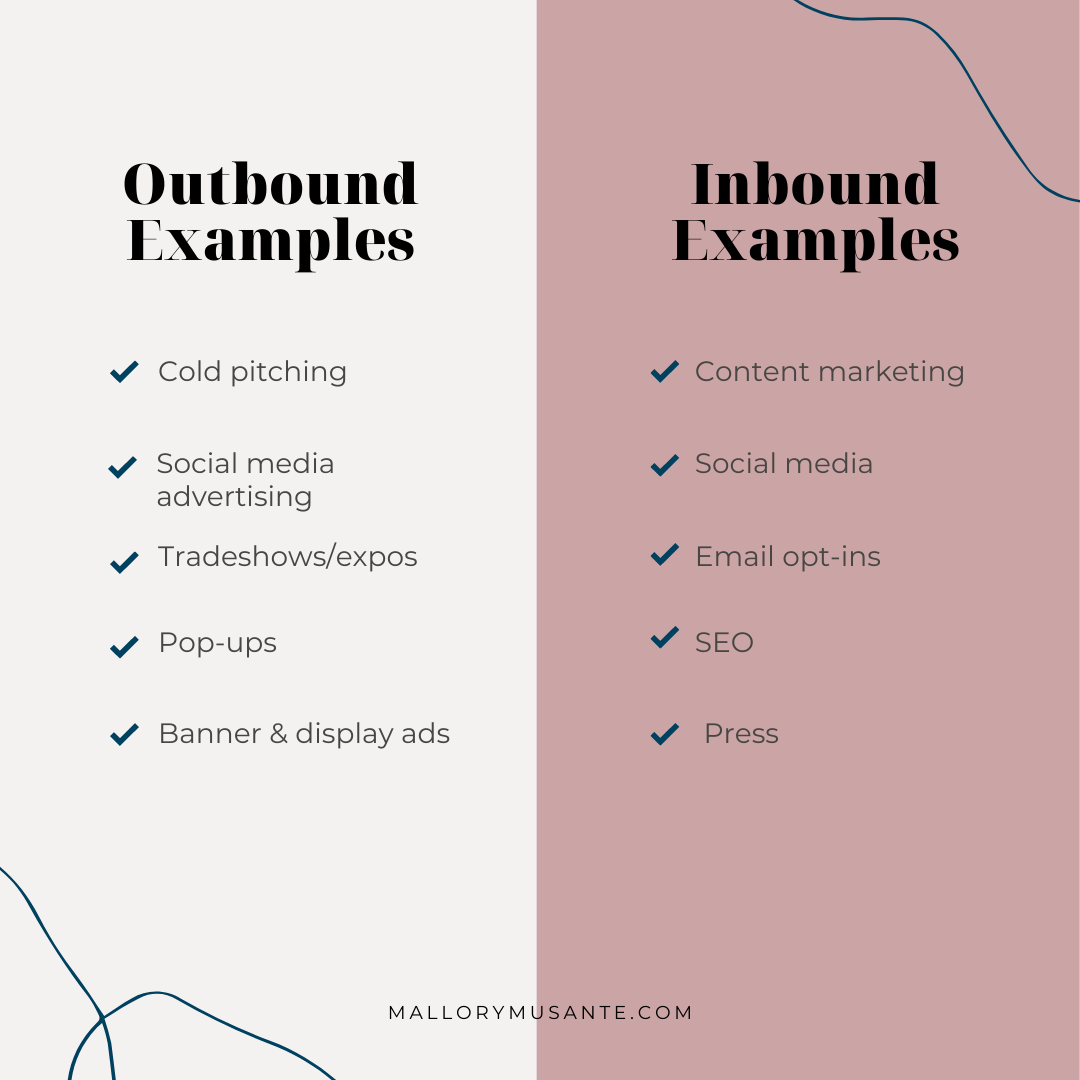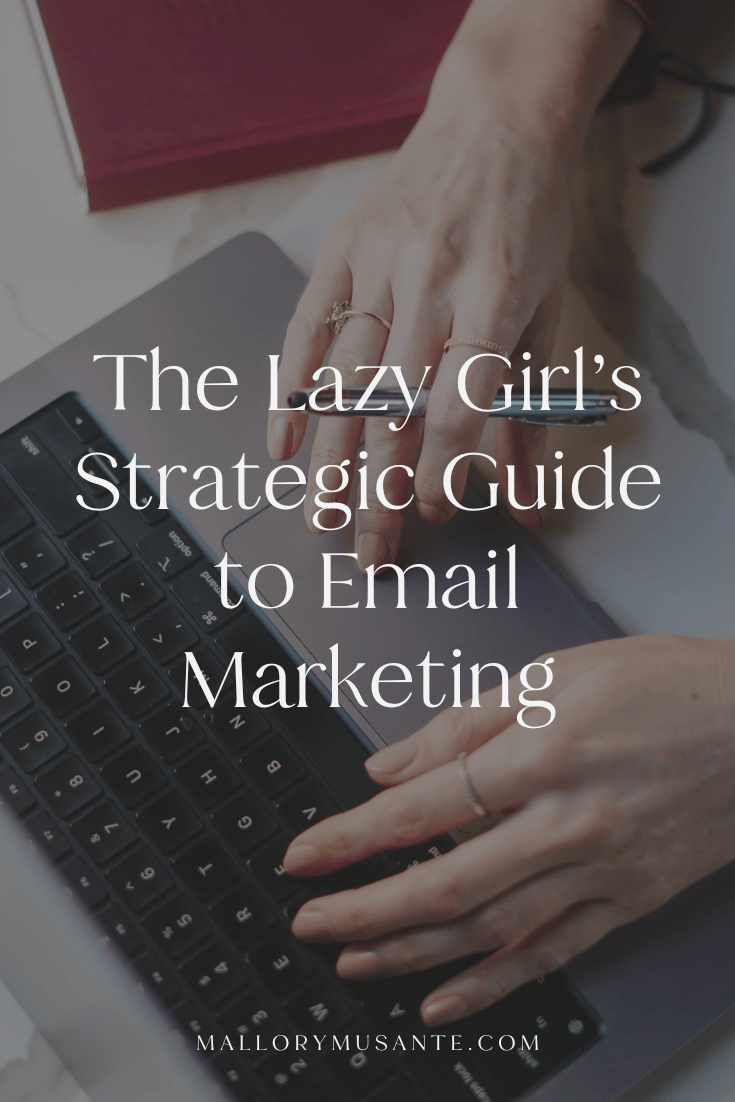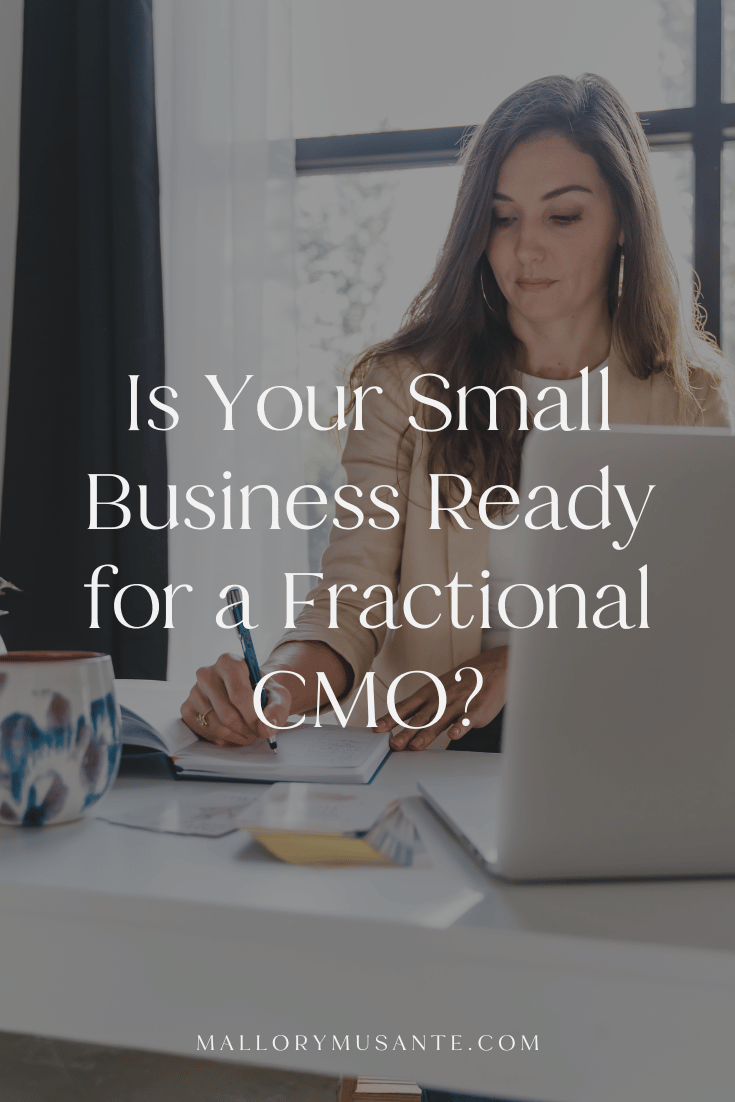Inbound Marketing vs. Outbound Marketing: The benefits, challenges + applications
Did you know there are 2 different types of marketing - inbound marketing and outbound marketing?
Over the years, marketers have argued which is better and like with most marketing strategies, it really comes down to your specific business, industry, and your own strengths and weaknesses.
But with that said, understanding the general concept of inbound vs. outbound marketing and their different purposes, benefits, challenges, and applications allows you to be more strategic in your marketing efforts so you can play to your strengths and create a strong, effective marketing strategy.
Let’s evaluate what each concept is, their benefits, their challenges, and some examples of each so you can make the most informed decision for your own marketing strategy as possible.
Inbound Marketing Vs. Outbound Marketing
What is inbound marketing?
Inbound marketing is based on attracting your target market to your brand. Think about it as being a magnet pulling your target audience to you. It’s considered to be a passive type of marketing because the first contact with your brand happens from the target market first rather than from the company first.
It is a non-intrusive approach typically done through creating engaging and relevant content that addresses your target markets needs and concerns.
Benefits of inbound marketing
There are a lot of benefits to inbound marketing but the most prevalent are:
Non-invasive: Your target audience can read your content, join your email list, or follow you on social media in their own time.
More qualified leads: This type of content helps build your Know Like Trust Factor quickly building your credibility with your target market.
Generates momentum: Because your target market is coming to you, it is likely they will consume more of your content and connect with you on a deeper level before reaching out. That means when they do reach out to you, they already know what to expect making them a better fit for your brand.
Low-term, sustainable growth: Because you’re regularly updating your website with fresh content, your SEO continuously improves meaning it makes it easier and easier for your target market to discover you. Attracting your audience to you on social media also creates a relationship with them that tends to be a long-term relationship as well.
Lower cost of acquisition: Inbound marketing tends to cost less than outbound marketing in both time and money.
Interactive 2-way conversation: Inbound marketing tends to feel more like an actual conversation and often leads to opening up a conversation with your target market through social media comments, DMs, emails, etc.
Challenges of inbound marketing
The biggest challenge of inbound marketing is that it is higher maintenance than outbound marketing. It requires you to continuously create high-quality content to speak to your target market’s evolving needs. It also requires time to test what content resonates best with your target market and converts them into paying customers.
It also requires you to take a holistic approach to your marketing. You need to make sure everything is cohesive and implemented across various distribution channels correctly. (But if you ask me, a holistic approach to your marketing is the most effective!)
Examples of inbound marketing
Blog content
Social media
Email marketing, including the lead magnet
SEO
Press
What is outbound marketing?
Outbound marketing focuses on direct and immediate contact with your target market through channeling messaging outward. This is considered a more active method of finding your target market because you are establishing first contact instead of the prospect initiating contact.
It is a more intrusive approach where campaigns need to be well-researched and highly personalized in order to be successful.
Benefits of outbound marketing
The benefits of outbound marketing aren’t quite as extensive as inbound marketing, but can still be extremely effective.
More immediate results: Because you are reaching out to your target market directly, you have a higher chance of seeing results more immediately than with inbound marketing.
Generates brand awareness: Putting yourself directly in front of people means you ultimately get your name out there building your brand awareness more quickly.
Challenges of outbound marketing
The challenges of outbound marketing include:
More generalized: Unless you’re reaching out one-on-one (aka cold calling), it’s hard to make outbound marketing appealing and relevant to everyone.
Easy to tune out: Because we’re used to seeing TV commercials and ads on social media, it’s really easy for us to tune outbound marketing out. We can even skip commercials and mute ads now if they’re not relevant to us.
Higher cost of acquisition: Unlike inbound marketing, the majority of outbound marketing methods require a payment of some kind — Paying for a booth at a tradeshow, paying for banner or social media ads, etc.
Examples of outbound marketing
Cold pitching
Social media advertising
Tradeshows/expos
Pop-ups
Banner & display ads
How to using inbound and outbound marketing to scale your business
If you’re just starting out in your business, you’re probably going to want to see immediate results while building the foundation for longer term success. This means you’ll likely rely more on outbound marketing methods in the beginning.
However, I don’t recommend focusing heavily on paid ads unless you know that’s a strength of yours (or you have the budget to hire an expert). I’d recommend focusing your time and resources on cold pitching and/or searching job boards like Upwork (if you’re a service provider). This will help build your brand awareness while getting some quick results for minimal investment.
While you’re doing this, you should also be focused on inbound methods for long term success.
As you grow, your overall strategy will end up being about a 70% inbound and 30% outbound split. This is because your inbound marketing will have a compounding effect so over time your outbound methods will likely become less and less because your inbound methods are now doing the work for you.
Want even more help with your marketing?
My Strategy Intensives provide you with a complete brand and marketing strategy based on market research and analysis and your own business metrics.
My 60-minute sessions are great if you need help brainstorming or working through a specific challenge.
Not sure what you need but know you could use some support? Reach out and I’ll help guide you in the right direction (whether that’s working with me or not!)

































